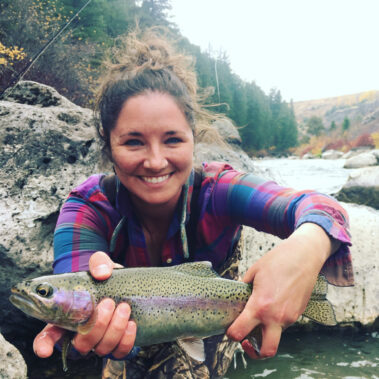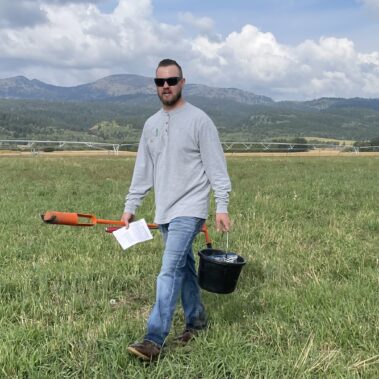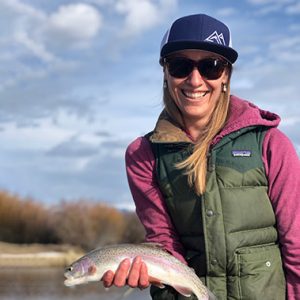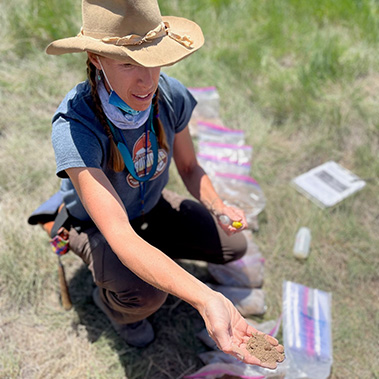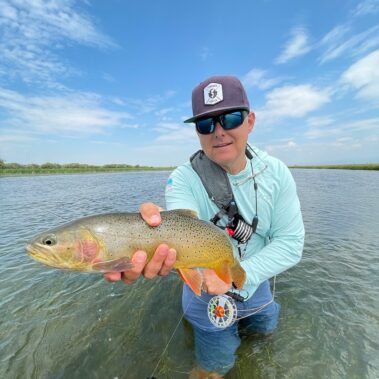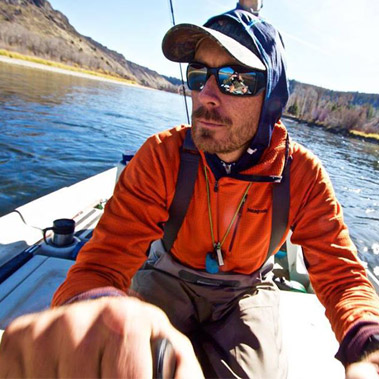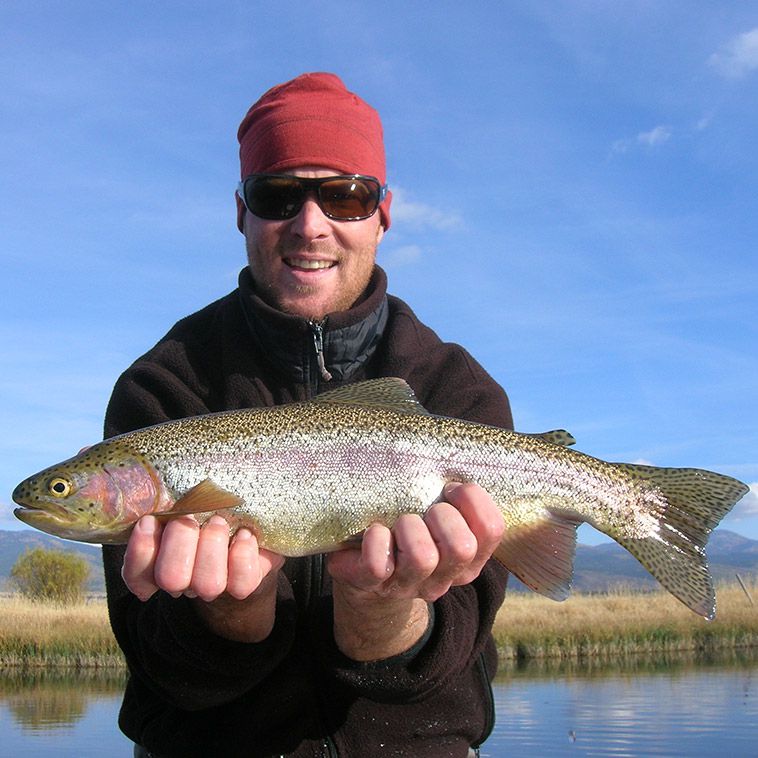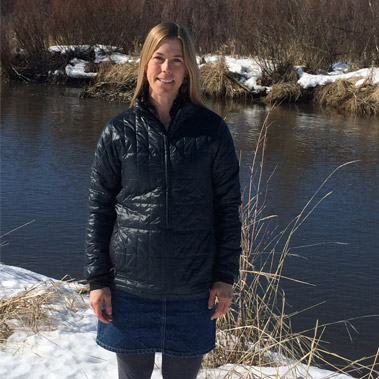
Restoration Projects
Restoring Stream Habitat & Function
The Teton River is one of the West’s most sought-after fly fishing destinations, with an unparalleled backdrop as it meanders in the shadow of the Grand Tetons. Biologists have ranked the Teton Watershed as one of the highest priorities for conservation in the Greater Yellowstone Ecosystem, as it boasts the last-best native Yellowstone Cutthroat Trout populations, and provides refuge for elk, moose, migratory birds, and other ecologically important species.
Many sections of Teton River and its tributaries have been impacted by various natural and human forces that have created unhealthy and unstable conditions, including degraded water quality, floodplain and riparian forest reduction, erosion, and dewatered stream channels that negatively impact fish and wildlife habitat.
FTR began restoring streams in 2003 to improve trout populations, aquatic ecosystems, and water quality, and to reduce flooding risk and property loss. Our approach to stream restoration is based on years of science, and is a collaborative process involving project stakeholders. FTR uses a variety of innovative bio-engineering techniques to stabilize stream banks and channels, creating habitat for fish and wildlife. FTR has restored miles and miles of stream, which has brought over $7 million dollars to Teton Valley’s economy and measurable improvements to the fishery and watershed health.
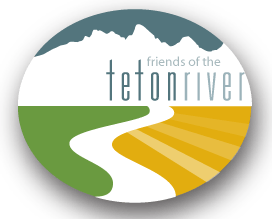




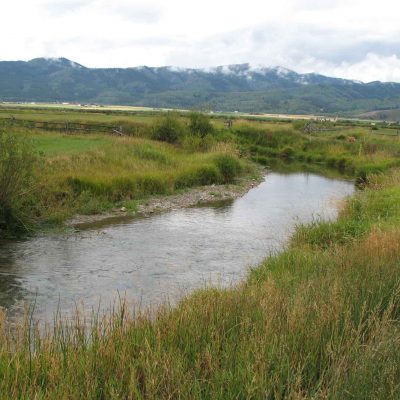
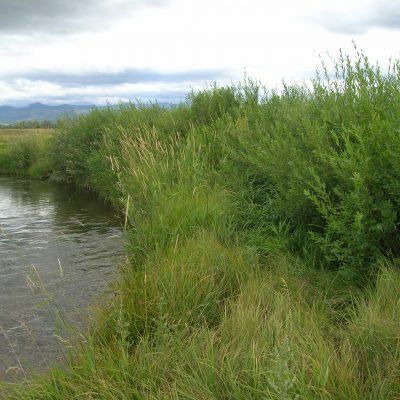

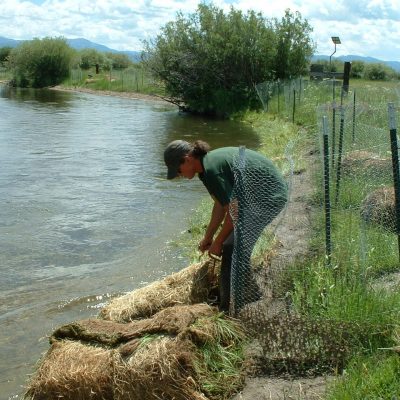

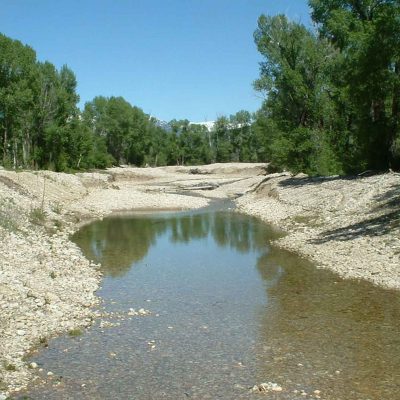
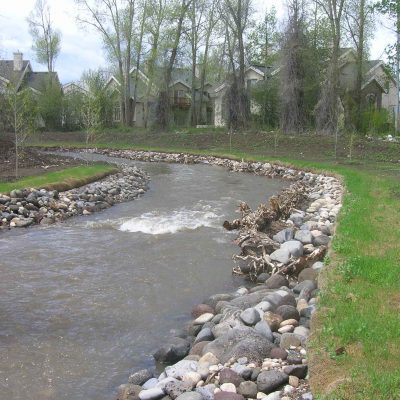
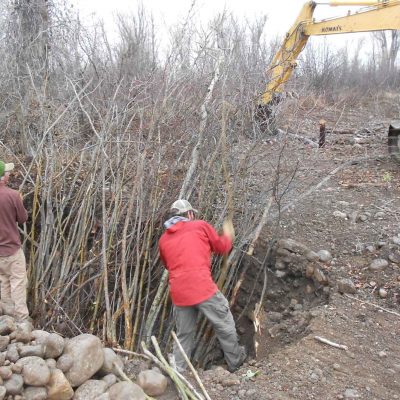

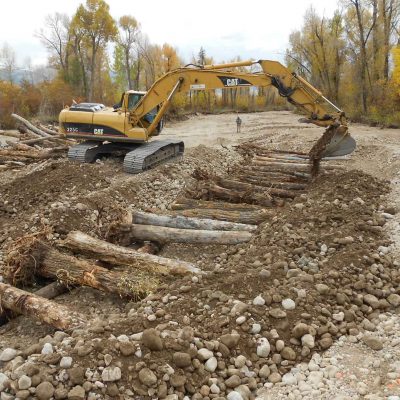
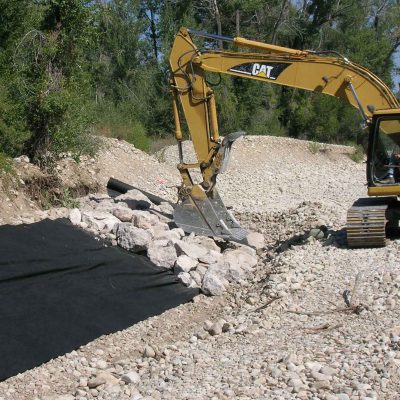


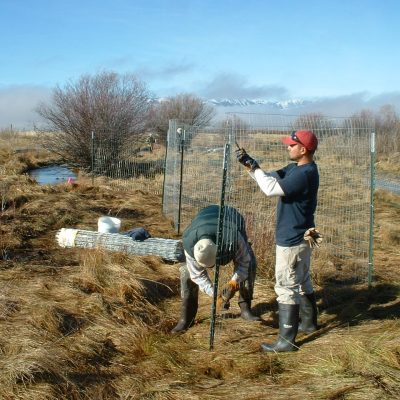

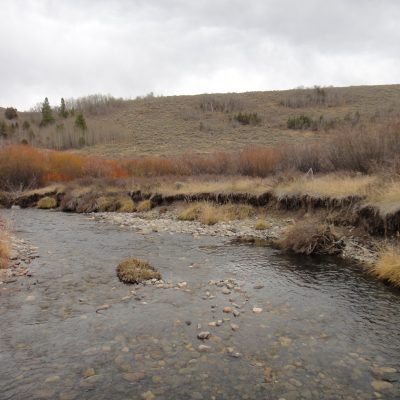

 McKenzie is the Program and Development Associate. She supports the Grants Director, Philanthropy Director, outreach efforts and program staff in the field. She aims to assist staff in meeting goals and producing high quality work in service of the Teton River Watershed. She is originally from Santa Barbara, California and grew up visiting her grandparents in Teton Valley. Her passion for the great outdoors and conservation grew when she studied Ecology and Evolutionary Biology at the University of Colorado Boulder, and she is excited to continue learning from this organization.
McKenzie is the Program and Development Associate. She supports the Grants Director, Philanthropy Director, outreach efforts and program staff in the field. She aims to assist staff in meeting goals and producing high quality work in service of the Teton River Watershed. She is originally from Santa Barbara, California and grew up visiting her grandparents in Teton Valley. Her passion for the great outdoors and conservation grew when she studied Ecology and Evolutionary Biology at the University of Colorado Boulder, and she is excited to continue learning from this organization.